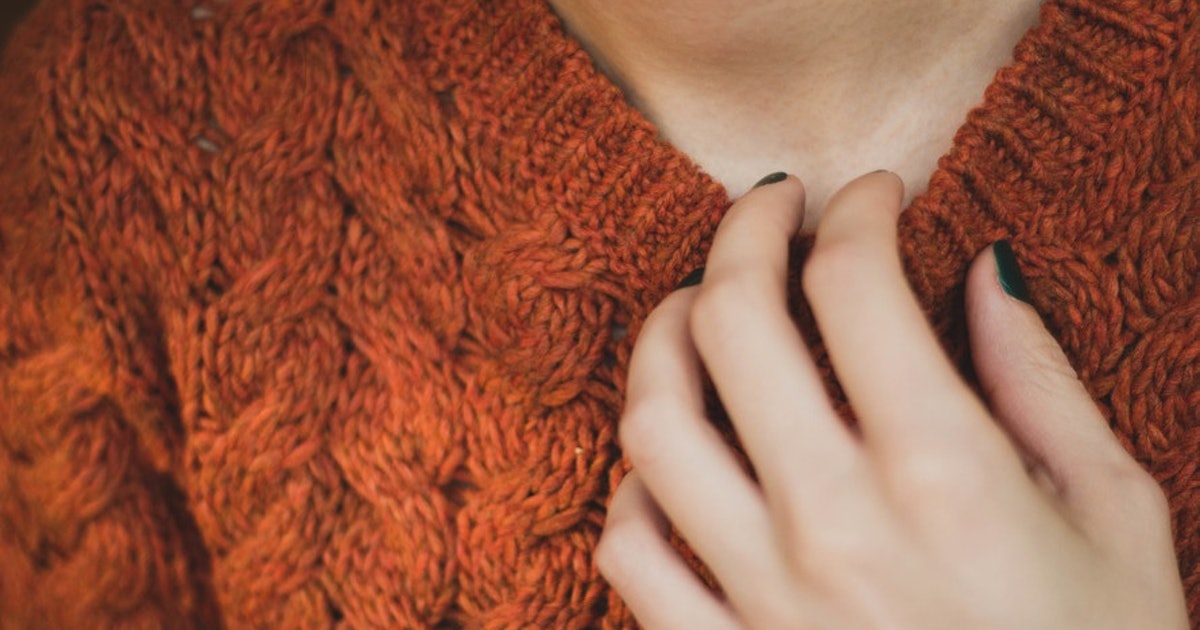Common Symptoms Of Sensory Processing Disorder
Sensory processing disorder (SPD) is marked by either an overactive or underactive response to everyday sensory stimuli. Its severity can range from mild to genuinely debilitating and can affect one or multiple senses in an individual. SPD affects the way the brain receives messages from the body’s sensory systems. An individual with this condition may find everyday sensations intolerable, painful or distressing. Some patients are under-sensitive and instead appear to not notice or respond to sensory stimuli. The same individual can be both over-responsive and under-responsive across different senses.
Hypersensitivities or under-responsiveness can create significant problems with daily activities. Occupational therapy treatments can potentially help retrain the brain’s response to these mixed messages and lessen the impact of sensory processing disorder in everyday life. Get to know the hallmark symptoms of sensory processing disorder now.
Oversensitive To Sound Or Visuals

Sudden loud noises and even regular environmental sounds like a vacuum cleaner, ringing telephone, or music can cause distress in individuals highly sensitive to sound. They may find themselves unable to block out even the faintest sound, like a ticking clock or whirring fan. If visual sensitivity is a concern, an oversensitive person may find bright or harsh lights, flashing lights, and busy patterns intolerable. Fluorescent lighting in an office or school can be too harsh. Some highly sensitive individuals cannot even tolerate being outside on a bright, sunny day.
Someone affected by sensory processing disorder may find loud noises, bright lights, and other sounds or visuals highly distressing. Individuals who are oversensitive to sound or visuals often need to make modifications to their environment to limit the amount of sensory input they receive. Noise-canceling headphones or earplugs may be required just to block out everyday background noise. Dim lighting and dark sunglasses are often helpful in reducing overstimulation from light.
Strong Preferences Or Aversions To Certain Textures

Tactile sensitivity can result in strong preferences or aversions to certain textures. This sensitivity can cause problems in many areas of daily life including eating, dressing, and personal hygiene. The same individual may have strong preferences for one texture and a strong aversion to others. Strong preferences or aversions to certain textures can result in a limited diet. A child with tactile sensitivity may be inaccurately labeled a picky eater. Foods with crunchy, chewy, or creamy textures can be either highly intolerable or desirable for a person with sensory processing disorder.
Certain fabrics or tags in clothing can make dressing difficult for someone with SPD if they are easily irritated by certain tactile sensations. They may find it impossible to wear wool or other coarse fabrics. Long sleeves or full-length pants can also be uncomfortable for some individuals. Personal hygiene can be another problem area concerning tactile sensitivity. The textures of water, toothpaste, and some soaps may cause distress in some patients, and others may find these textures soothing.
